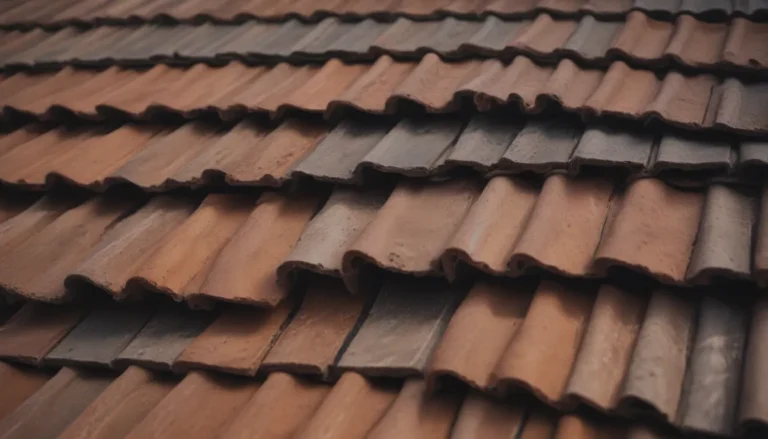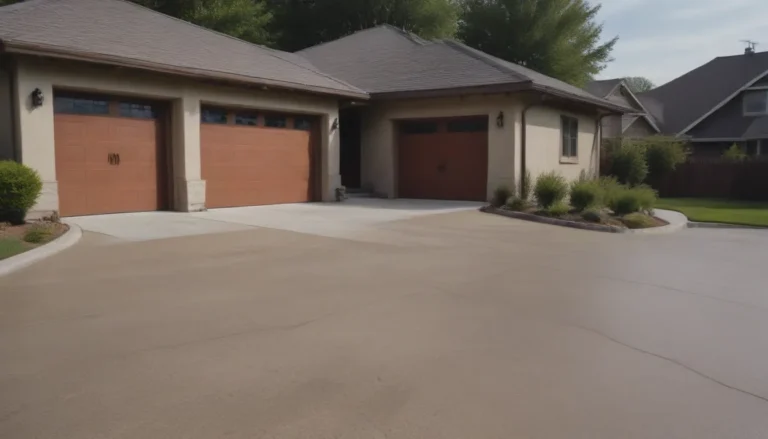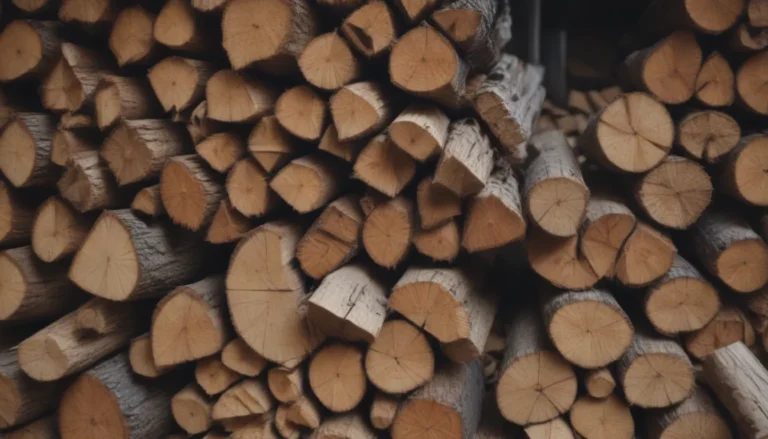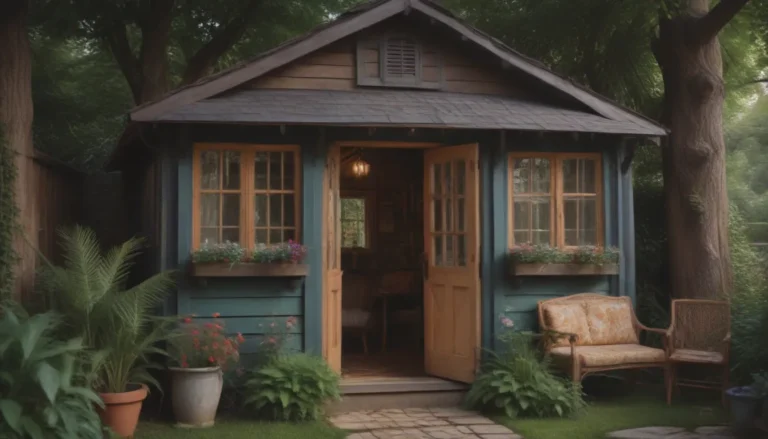Ultimate Guide to Drywall Thickness, Length, and Width
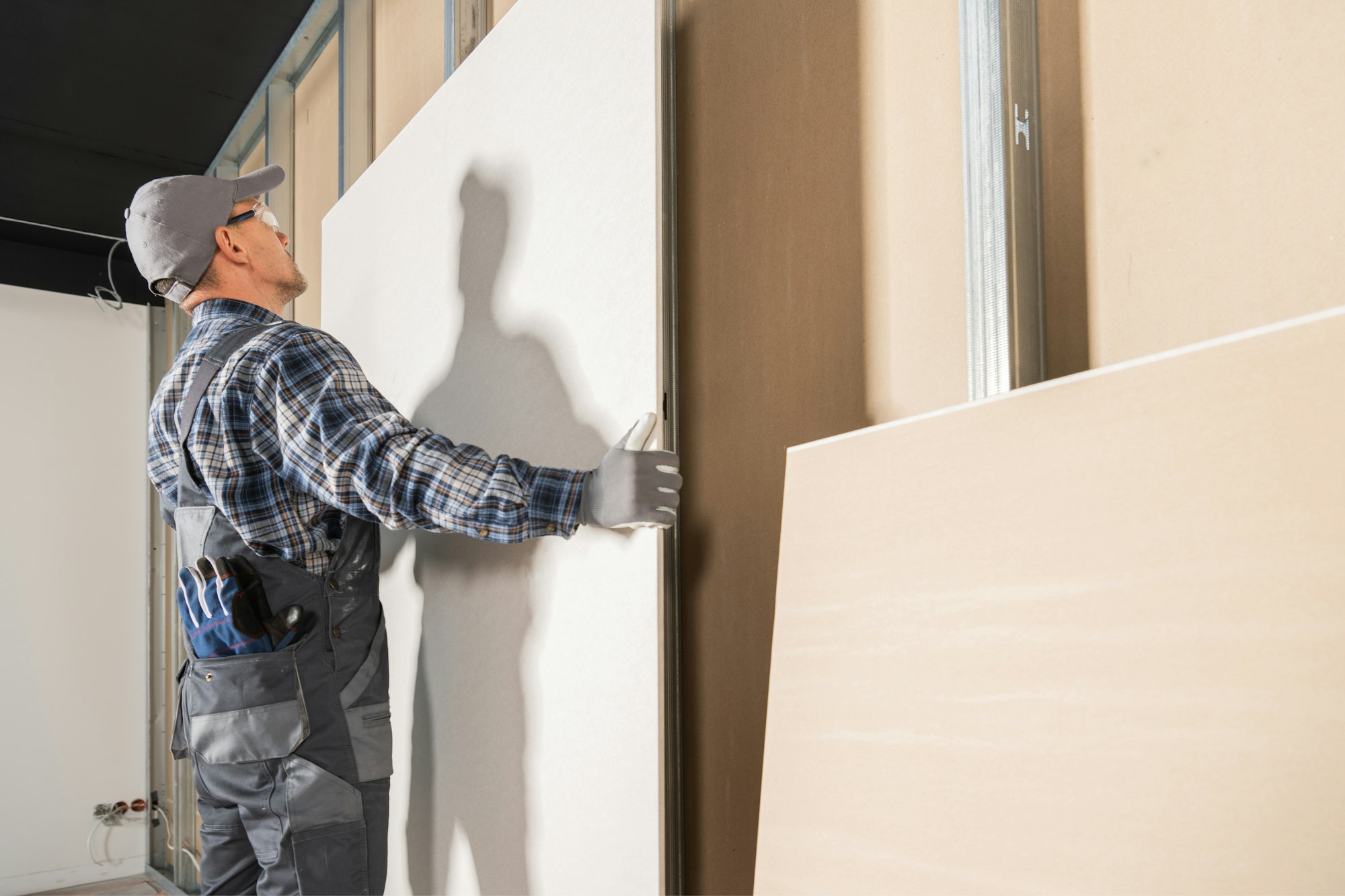
Are you planning a home renovation or tackling a DIY project? Understanding drywall dimensions is crucial for success. Whether you’re a seasoned pro or a weekend warrior, this guide will help you navigate the world of drywall thickness, length, and width. Let’s dive in and explore everything you need to know to make your next project a resounding success!
Why Drywall Dimensions Matter
Before we delve into the nitty-gritty of drywall sizes, let’s take a moment to understand why these dimensions are so important. Choosing the right drywall size isn’t just about grabbing the first sheet you see at the hardware store. It’s about ensuring your project meets building codes, fulfills specific requirements, and addresses your unique needs.
Here are some key factors to consider when selecting drywall:
- Code Compliance: Building codes often dictate the required thickness for different applications.
- Location: Certain areas in your home may benefit from specialized drywall, such as moisture-resistant or fire-resistant options.
- Project Scope: The size of the room, ceiling height, and wall length all play a role in determining the ideal drywall dimensions.
Remember, if you’re ever unsure about which type or size of drywall to choose, it’s always best to consult with a professional contractor. They can provide expert advice tailored to your specific project needs.
Drywall Length and Width: The Basics
Now that we understand the importance of choosing the right drywall, let’s explore the common lengths and widths you’ll encounter. Drywall sheets typically come in standard sizes, with lengths that are multiples of 4 feet. The width is usually 4 feet, but variations exist to suit different project requirements.
4-Foot by 8-Foot Drywall: The Versatile Standard
The 4-foot by 8-foot drywall sheet is the most common size you’ll find in residential construction. It’s a versatile option that’s manageable for most DIYers. Here’s what you need to know about this popular size:
- Weight: A 1/2-inch thick sheet of 4 by 8-foot drywall weighs around 57 pounds, making it relatively easy to handle.
- Installation Flexibility: This size allows for both vertical and horizontal installation, giving you options based on your project needs.
- Handling Tip: These sheets are often sold in pairs and can be challenging to carry alone. To make transportation easier, try removing the binding paper.
4-Foot by 12-Foot or 16-Foot Drywall: For Taller Walls and Longer Spans
If you’re working with taller walls or need to cover longer spans, 12-foot and 16-foot drywall sheets are excellent options. These longer sheets offer several advantages:
- Seamless Appearance: Longer sheets create a smooth surface without breaks from floor to ceiling, resulting in a cleaner look.
- Fewer Joints: Installing 16-foot sheets horizontally can significantly reduce the number of joints compared to using 8-foot sheets.
- Installation Note: Keep in mind that working with 16-foot lengths may require additional assistance due to their size and weight.
2-Foot by 2-Foot Drywall: Perfect for Patches
While not a standard size, 2-foot by 2-foot drywall sheets can be incredibly useful for patching jobs or working in small spaces. Many hardware stores offer these cut-down pieces for convenience, making them a handy option to keep on hand for quick repairs.
Alternative Sizes: When Standard Doesn’t Cut It
In some cases, you might need lengths and widths that aren’t multiples of 4 feet. When this happens, consider alternatives like cement board or DRIcore Smartwall. For specific professional applications, you can even special-order sizes like 4 1/2-foot-wide sheets.
Drywall Thickness: Choosing the Right Option
Now that we’ve covered length and width, let’s dive into the world of drywall thickness. The thickness you choose can significantly impact your project’s outcome, affecting everything from fire resistance to sound insulation. Let’s explore the most common thickness options and their uses:
1/4-Inch-Thick Drywall: The Flexible Option
While less common, 1/4-inch-thick drywall has its place in specific applications:
- Skimming: It’s excellent for use as a double-wall material or for covering existing surfaces.
- Flexibility: This thin option is ideal for slightly curved surfaces and can even be bent when dampened.
- Texture Covering: Use it to cover textured ceilings without the need for removal.
1/2-Inch-Thick Drywall: The Standard Choice
The 1/2-inch-thick drywall is the most commonly used option for interior walls and ceilings. Here’s why it’s so popular:
- Ease of Handling: It’s lightweight and easy to carry, making it suitable for most wall applications.
- Versatility: Considered the default thickness for general wall installations, it’s a great all-around choice for most projects.
5/8-Inch-Thick Drywall: For Enhanced Fire Resistance
Thicker 5/8-inch drywall panels are primarily used for ceilings and walls requiring improved fire resistance. Here’s why you might choose this option:
- Fire Resistance: Ideal for areas where fire-rated materials are required by building codes.
- Sag Prevention: Less susceptible to sagging between joists, especially in ceilings.
- Texturing: Suitable for adding heavy surfacing materials like popcorn texture.
3/4-Inch-Thick Drywall: The Heavy-Duty Option
While less common in residential construction, 3/4-inch-thick drywall has its place in specific applications:
- Fireproofing: Often used for fireproofing in steel-framed walls.
- Support Requirements: Due to its weight and thickness, it requires sturdy support during installation.
Fire-Rated Drywall: When Safety is Paramount
In areas where fire resistance is a top priority, specific types of drywall can enhance safety. Two common forms of fire-rated drywall are Type X and Type C:
5/8-Inch-Thick Type X Drywall
Type X drywall is a thicker option used for fire-resistant construction:
- Code Compliance: Often required for surfaces with specific spacing between studs or joists.
- Enhanced Protection: Contains proprietary additives like glass fibers for improved fire resistance.
5/8-Inch-Thick Type C Drywall
Similar to Type X, Type C drywall offers increased fire resistance with additional features:
- Enhanced Composition: Contains higher quantities of glass fibers and vermiculite for added protection.
- Shrink Prevention: Vermiculite helps prevent shrinking when exposed to fire.
- Ceiling Application: Often used on ceilings for enhanced fireproofing.
Choosing the Right Drywall: Tips for Success
Now that we’ve covered the various dimensions and types of drywall, let’s wrap up with some practical tips to help you choose the right option for your project:
- Assess Your Needs: Consider the specific requirements of your project, including fire resistance, moisture resistance, and sound insulation.
- Measure Carefully: Accurately measure the area you need to cover, taking into account doors, windows, and other openings.
- Consider Handling: If you’re working alone, stick to manageable sizes like 4×8 sheets. For larger projects, enlist help or consider hiring professionals.
- Check Local Codes: Always verify local building codes to ensure you’re using the appropriate thickness and type of drywall for your application.
- Think Long-Term: While thicker drywall may be more expensive upfront, it can offer better durability and sound insulation in the long run.
Conclusion: Mastering Drywall Dimensions
Understanding drywall thickness, length, and width is crucial for any successful building or renovation project. By familiarizing yourself with the various options available, you can make informed decisions that will result in a better-looking, safer, and more durable finished product.
Remember, when in doubt, don’t hesitate to consult with a professional. They can provide valuable insights and ensure your project meets all necessary requirements. With this knowledge in hand, you’re well-equipped to tackle your next drywall project with confidence!
Happy building!
